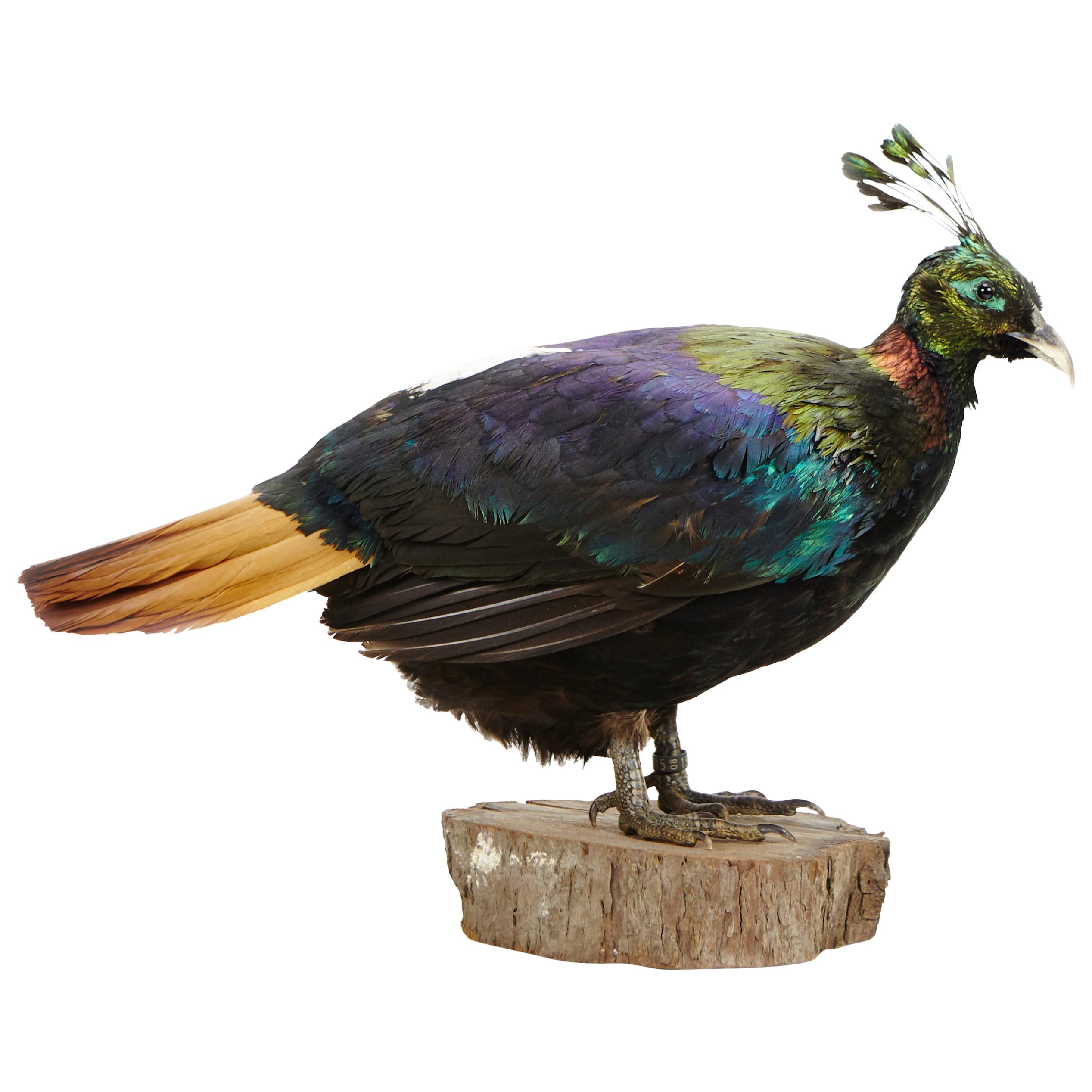
This beautifully colourful pheasant is the national bird of Nepal. Book ISBN 0-8109-1007-1.IUCN World Conservation Status: LEAST CONCERN Single volume edition: New York Zoological Society, 1936.) Republished as: Pheasants: Their Lives and Homes. Reprint: 1990, Dover Publications.(4 volumes bound as 2). (Subscription or participating institution membership required.) "A phylogenomic supermatrix of Galliformes (Landfowl) reveals biased branch lengths". lineataĬrawfurd's kalij (same as C.'s silver pheasant?) lineataĬrawfurd's silver pheasant (or Crawford's? )Ĭonsidered a further cross of Anderson's and L. Purple, Horsfield's or black-breasted kalij

The best-known is the common pheasant, which is widespread throughout the world, in introduced feral populations and in farm operations. Pheasants eat mostly seeds, grains, roots, and berries, while in the summer they take advantage of insects, fresh green shoots, spiders, earthworms, and snails.

Males play no part in rearing the young.Ī pheasants call or cry can be recognised due to the fact it sounds like a rusty sink or valve being turned. Males are usually larger than females and have longer tails. Pheasants are characterised by strong sexual dimorphism, males being highly decorated with bright colours and adornments such as wattles. The classification "pheasant" is paraphyletic, as birds referred to as pheasants are included within both the subfamilies Phasianinae and Pavoninae, and in many cases are more closely related to smaller phasianids, grouse, and turkey (formerly classified in Perdicinae, Tetraoninae, and Meleagridinae) than to other pheasants. Although they can be found all over the world in introduced (and captive) populations, the pheasant genera native range is restricted to Eurasia. Pheasants ( / ˈ f ɛ z ə n t/) are birds of several genera within the family Phasianidae in the order Galliformes. JSTOR ( August 2020) ( Learn how and when to remove this template message)Ĭladistically included but traditionally excluded taxa.Unsourced material may be challenged and removed. Please help improve this article by adding citations to reliable sources.

This article needs additional citations for verification.


 0 kommentar(er)
0 kommentar(er)
